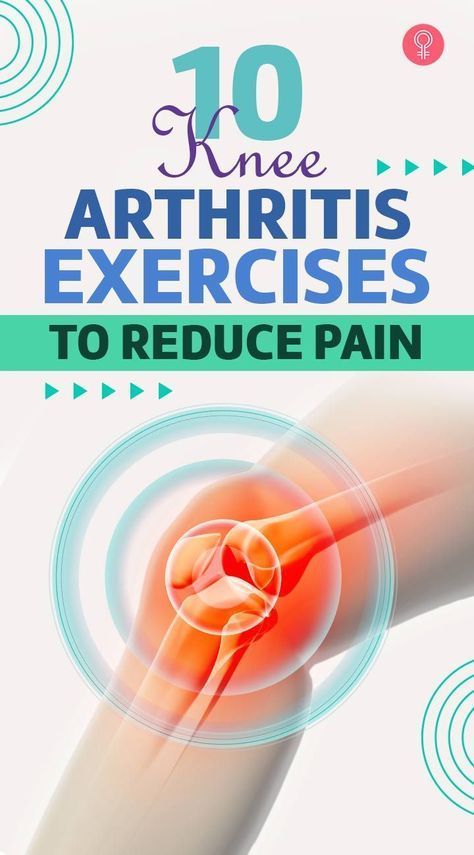Knee arthritis is a common and often debilitating condition that affects millions of people worldwide. Characterized by the gradual breakdown of cartilage in the knee joint, arthritis can lead to pain, stiffness, and a decreased ability to perform daily activities. While there is no cure for arthritis, various treatments can effectively manage pain and improve quality of life. This article explores the most effective treatment options for knee arthritis pain, from lifestyle changes to medical interventions.
Understanding Knee Arthritis
Arthritis in the knee can be caused by several types of the condition, the most common being osteoarthritis (OA) and rheumatoid arthritis (RA). Osteoarthritis results from wear and tear on the joint, leading to the deterioration of cartilage, while rheumatoid arthritis is an autoimmune disease that causes inflammation in the joints. Both types lead to similar symptoms, including:
- Pain and Stiffness: Most noticeable after periods of inactivity or overuse.
- Swelling: Caused by inflammation in the joint.
- Decreased Mobility: Difficulty in bending or straightening the knee.
- Grinding Sensation: Due to bone-on-bone contact as cartilage wears away.
Non-Surgical Treatments
-
Physical Therapy
- Strengthening the muscles around the knee can help stabilize the joint and reduce pain.
- Exercises that improve flexibility and range of motion can also alleviate stiffness.
-
Weight Management
- Excess weight puts additional stress on the knee joints, exacerbating arthritis pain.
- A combination of diet and exercise can help reduce this burden, easing symptoms.
-
Medications
- Pain Relievers: Over-the-counter options like acetaminophen and NSAIDs (e.g., ibuprofen) can reduce pain and inflammation.
- Topical Treatments: Creams or gels containing anti-inflammatory ingredients can be applied directly to the knee for localized relief.
- Corticosteroid Injections: These injections provide powerful, but temporary, pain relief by reducing inflammation in the joint.
-
Assistive Devices
- Using a cane, knee brace, or shoe inserts can help redistribute weight and reduce pressure on the knee joint.
- These devices can also improve stability and prevent falls.
-
Alternative Therapies
- Acupuncture: Some studies suggest that acupuncture can help reduce pain and improve knee function.
- Supplements: Glucosamine and chondroitin sulfate are popular supplements that some people find helpful for joint pain, although their effectiveness varies.
Minimally Invasive Procedures
-
Viscosupplementation
- This procedure involves injecting hyaluronic acid directly into the knee joint to improve lubrication and reduce pain.
- It’s most effective in the early stages of osteoarthritis and may provide relief for several months.
-
Platelet-Rich Plasma (PRP) Therapy
- PRP therapy involves injecting a concentration of a patient’s own platelets into the knee joint to promote healing and reduce inflammation.
- This treatment is still being studied, but some patients report significant pain relief.
-
Arthroscopic Surgery
- In cases of severe pain or mechanical symptoms like catching or locking, arthroscopic surgery can be used to remove loose cartilage or repair torn meniscus tissue.
- This is a less invasive option than total knee replacement and can provide temporary relief.
Surgical Treatments
-
Partial Knee Replacement
- If arthritis is limited to one part of the knee, a partial knee replacement can be an effective option.
- This surgery replaces only the damaged portion of the knee, preserving as much natural tissue as possible.
-
Total Knee Replacement
- For advanced arthritis affecting the entire knee, total knee replacement (TKR) surgery is often the most effective treatment.
- TKR involves replacing the damaged knee joint with an artificial implant, significantly reducing pain and improving mobility.

Lifestyle and Self-Care Tips
- Stay Active: Low-impact activities like swimming, cycling, and walking can help maintain joint mobility and reduce stiffness.
- Hot and Cold Therapy: Applying heat can ease muscle stiffness, while cold packs can reduce joint swelling and numb deep pain.
- Balanced Diet: A diet rich in anti-inflammatory foods, such as fruits, vegetables, and omega-3 fatty acids, can help manage arthritis symptoms.











